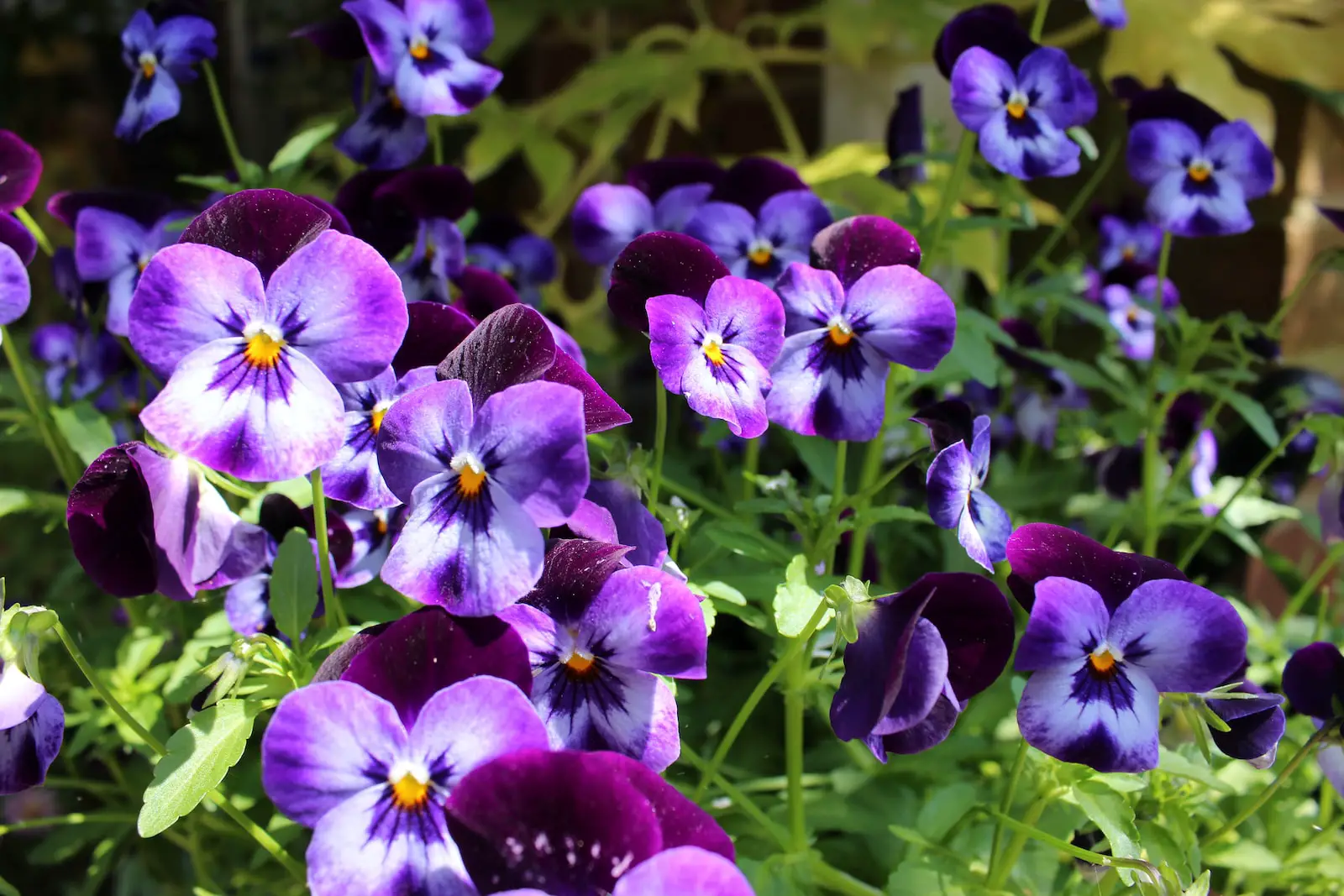Pansies, a charming and colorful flower, are known for their distinctive “faces” and bold hues ranging from white and yellow to deep purple. They are members of the Viola family and have been a garden favorite for centuries, celebrated for their ability to thrive in cooler climates and bring vibrant color to spring and fall gardens.
These delicate blossoms have a rich history, having been bred and cultivated for their unique patterns and shades. Pansies are not only admired for their beauty but also for their symbolism. Often associated with thoughts and remembrance, pansies have been featured in literature and art, making them a cultural icon as well.
Growing pansies is a rewarding experience, and they can be a stunning addition to gardens, window boxes, and containers. With their wide variety of colors and ease of care, they can add a splash of color when many other flowers are not in bloom, making them a versatile and attractive choice for gardeners.
| Aspect | Details |
|---|---|
| Common Names | Pansy |
| Botanical Name | Viola x wittrockiana |
| Family | Violaceae |
| Plant Type | Annual or perennial depending on climate |
| Mature Size | 6 to 9 inches tall |
| Sun Exposure | Full sun to partial shade |
| Soil Type | Well-drained, slightly acidic soil |
| Hardiness Zones | 6 to 10 |
| Native Area | Europe |
Pansy Care
Pansies are generally low-maintenance flowers that offer great rewards for even novice gardeners. They prefer cooler weather and thrive in early spring and fall. Planting them in well-draining soil and a sunny or partially shaded spot ensures healthy growth.
Regular watering and occasional feeding with a balanced fertilizer can keep pansies looking their best. Deadheading spent flowers encourages continuous blooming. With proper care, pansies can provide a delightful splash of color in various garden settings.
Light Requirement for Pansies
Pansies thrive in full sun to partial shade. They appreciate some shade in hotter climates, as extreme heat can cause the plants to become leggy and reduce flowering.
Soil Requirements for Pansies
Pansies prefer well-drained, slightly acidic soil. A soil pH of 5.5 to 6.2 is ideal. Mixing in some compost or organic matter can help enrich the soil and provide the nutrients pansies need.
Water Requirements for Pansies
Pansies like evenly moist soil. While they don’t like to be waterlogged, they also don’t tolerate drought well. Watering them regularly, especially during dry spells, helps keep them healthy.
Temperature and Humidity
Pansies prefer cooler temperatures and can even tolerate frost. They can thrive in a wide range of humidity levels but perform best in moderate conditions.
Fertilizer
Feeding pansies with a balanced, slow-release fertilizer at planting time can encourage vigorous growth. A liquid fertilizer applied mid-season can also boost blooming.
Pruning Pansies
Deadheading spent flowers encourages continuous blooming. Pruning leggy plants can also help maintain a bushy, attractive shape.
Propagating Pansies
Pansies can be propagated from cuttings or by dividing established plants. Plant the cuttings or divisions in well-drained soil and keep them moist until established.
How To Grow Pansies From Seed
Growing pansies from seed can be a rewarding project. Start seeds indoors 6 to 8 weeks before the last frost date. Plant in well-draining soil and provide light and warmth until seedlings are ready to transplant.
Common Pests & Plant Diseases
Aphids
Aphids can be controlled with insecticidal soap or neem oil.
Powdery Mildew
Avoid overhead watering and ensure good air circulation to prevent this fungal disease.
Common Problems With Pansies
Leggy Growth
This can be caused by too much shade or rich soil. Pruning and adjusting the location or soil can help.
Fading Blooms
Hot weather or nutrient deficiencies can cause fading blooms. Adjust watering and fertilize as needed.
Pro Tips
- Plant pansies in fall for early spring blooms.
- Choose a variety of colors for a stunning visual display.
- Use pansies in containers for portable color.
- Pair with spring bulbs for continuous color throughout the season.
- Monitor regularly for pests and diseases to catch problems early.




